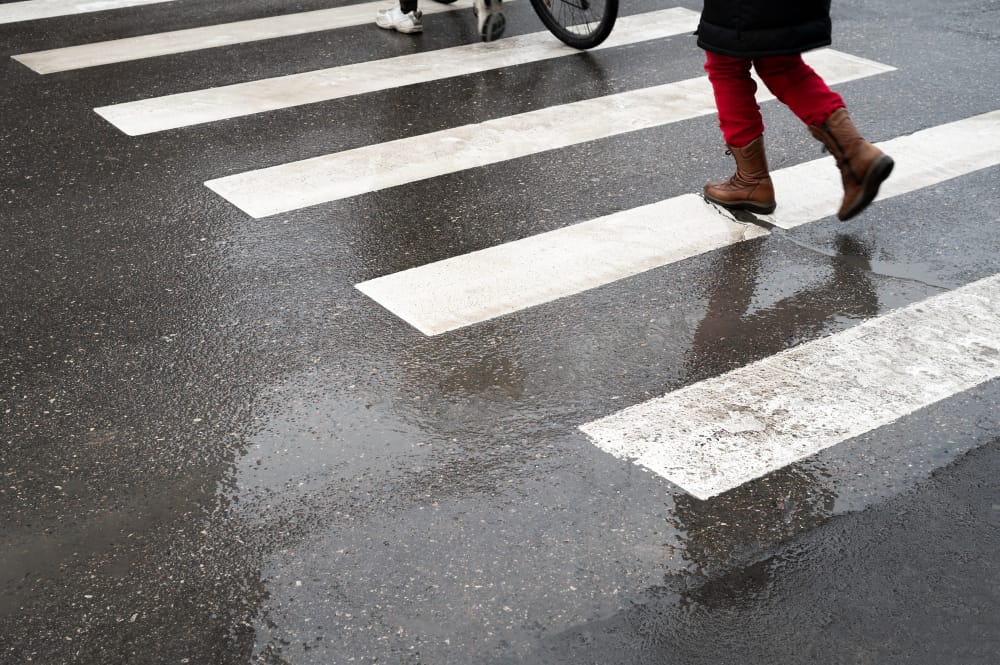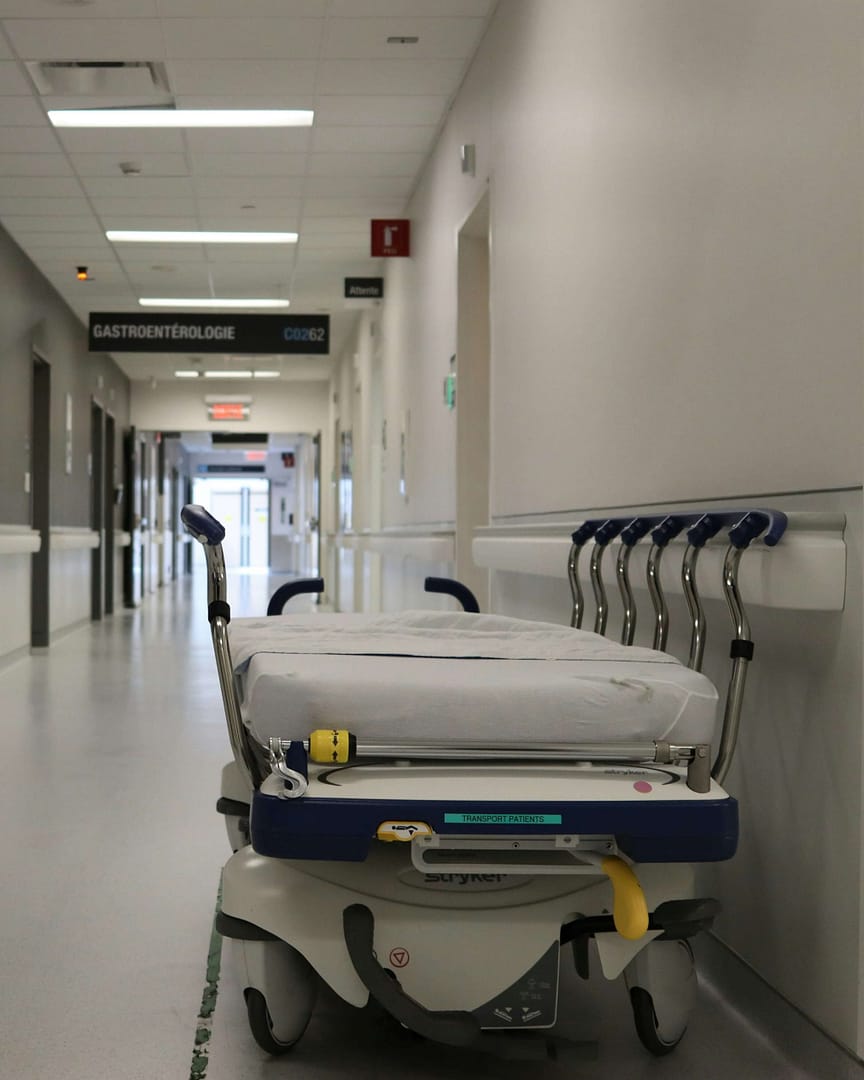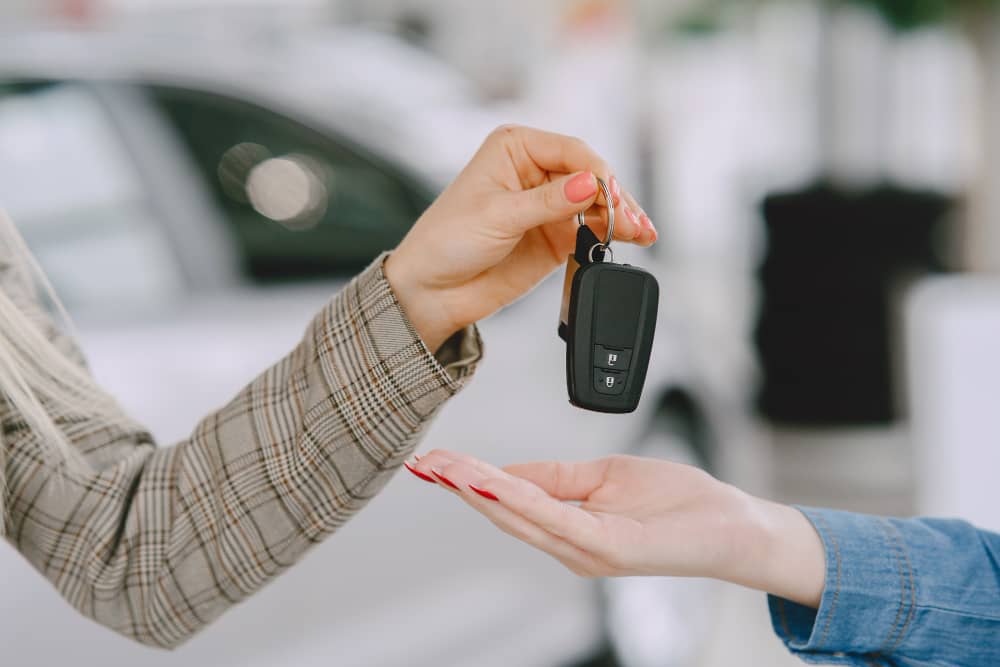Pedestrian accidents are unfortunately common occurrences on UK roads, often leading to serious injuries or even fatalities. When such an accident occurs, determining liability becomes crucial, especially when it comes to pursuing compensation for the injured party. This article delves into the complexities of pedestrian accident liability in the UK, exploring various scenarios and factors that influence who may be held responsible. We will also highlight how you can start a road traffic accident claim.
Understanding the Basics of Pedestrian Accident Liability
In the UK, the concept of negligence forms the bedrock of pedestrian accident liability. To establish liability, the injured pedestrian (or their representatives) must demonstrate that the other party involved in the accident breached their duty of care, causing the accident and the resulting injuries. This duty of care essentially translates to the responsibility of all road users to act in a manner that avoids causing harm to others.
The burden of proof lies with the injured pedestrian to demonstrate the other party’s negligence. This often involves gathering evidence such as witness statements, CCTV footage, police reports, and expert opinions to establish the sequence of events and identify the party at fault.
Common Scenarios and Liability Considerations
Pedestrian accidents can arise from a variety of scenarios, each with its unique set of liability considerations. Let’s explore some of the most common scenarios:
1. Accidents Involving Motor Vehicles
Accidents involving motor vehicles are the most prevalent type of pedestrian accidents. In such cases, the driver of the vehicle may be held liable if their actions or negligence contributed to the accident. Some common examples include:
- Failing to yield to pedestrians at crossings: Drivers are legally obligated to give way to pedestrians at designated crossings. Failure to do so can result in liability.
- Speeding or reckless driving: Driving at excessive speeds or engaging in reckless maneuvers can significantly increase the risk of pedestrian accidents, and the driver may be held responsible.
- Driving under the influence: Operating a vehicle while under the influence of alcohol or drugs is a serious offence and can lead to severe liability in the event of a pedestrian accident.
- Distracted driving: Using a mobile phone or engaging in other distractions while driving can impair a driver’s ability to react to pedestrians, potentially leading to liability.
2. Accidents on Private Property
Pedestrian accidents can also occur on private property, such as car parks or private roads. In such cases, the property owner may be held liable if they failed to maintain a safe environment for pedestrians. This could include:
- Inadequate lighting: Poor lighting in car parks or walkways can obscure pedestrians and increase the risk of accidents.
- Uneven or slippery surfaces: Failing to address hazards like potholes, uneven pavements, or slippery surfaces can contribute to pedestrian accidents.
- Obstructed walkways: Obstructing walkways with objects or vehicles can force pedestrians into unsafe areas, increasing the risk of accidents.
3. Accidents Involving Cyclists
While cyclists are considered vulnerable road users, they can also be held liable for pedestrian accidents. If a cyclist’s negligence contributes to an accident, they may be held responsible. Some examples include:
- Riding on pavements: Cyclists are generally not permitted to ride on pavements, and doing so can endanger pedestrians.
- Failing to signal or obey traffic laws: Cyclists must adhere to traffic laws and signal their intentions, just like motorists. Failure to do so can contribute to accidents.
- Riding at excessive speeds: Riding at high speeds in pedestrian areas can increase the risk of accidents.
Factors Influencing Liability
Determining liability in pedestrian accidents is not always straightforward. Several factors can influence the outcome, including:
1. Contributory Negligence
In some cases, the injured pedestrian may have contributed to the accident through their actions. This is known as contributory negligence. If contributory negligence is established, the compensation awarded to the pedestrian may be reduced to reflect their share of the responsibility. Some examples of contributory negligence include:
- Jaywalking: Crossing the road at undesignated areas or against traffic signals can increase the risk of accidents.
- Distraction: Pedestrians using mobile phones or headphones while crossing the road may be less aware of their surroundings.
- Intoxication: Pedestrians under the influence of alcohol or drugs may be more likely to make unsafe decisions.
2. The Age of the Pedestrian
The age of the pedestrian can also play a role in liability considerations. Children, in particular, may not be held to the same standard of care as adults. Drivers and other road users are expected to exercise extra caution around children.
3. Witness Statements and Evidence
Witness statements and other evidence, such as CCTV footage or police reports, can be crucial in establishing the sequence of events and identifying the party at fault.
Making a Road Traffic Accident Claim with National Claims
At National Claims, we understand the profound impact that road traffic accidents can have on your life and the lives of your loved ones. If you have been injured in an accident caused by another driver’s negligence, whether it be due to fatigue, distraction, or recklessness.
Free Consultation
We recognise that every road traffic accident case is unique, and we’re here to offer you a free, no-obligation consultation to discuss your specific situation. During this consultation, we’ll listen attentively to your experience, gather relevant details about the accident, and assess the potential strength of your claim.
Our team will then connect you with a qualified solicitor from our panel who specialises in road traffic accident claims, ensuring that you receive the expert legal representation needed to pursue your case effectively.
*Customers pay up to 25% (incl. VAT) of the amount recovered towards solicitor costs and if you cancel outside your cooling off period, you may be charged a fee.
Contact us today to speak to one of our claims agents who will be able to help you get started on your claim.
Click below to see why we are one of the most trusted claims management companies in the UK.

We’re proud of our excellent customer reviews
We thrive on delivering exceptional service and ensuring our clients’ satisfaction. Don’t just take our word for it. Check out some of our independent reviews to see what our clients have to say.
Excellent

This firm is excellent, they sorted out my car pay out and injury claim very fast, they always communicate with you all the time.

My accident case was dealt with confidence and with great result of the outcome, especially James kept me informed all the time.

I was very impressed at the way my inquiry was treated. I was listened to attentively and everything I needed to know was explained to me.






